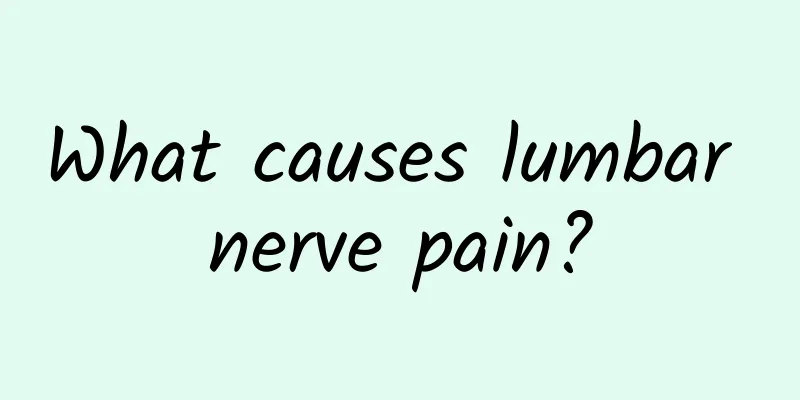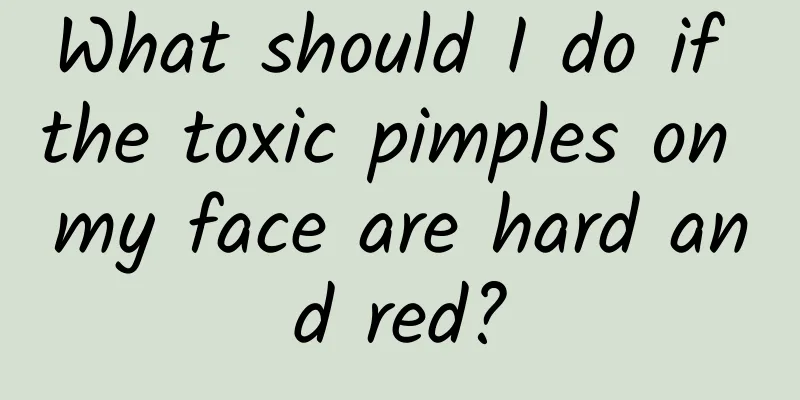Atrial fibrillation cardioversion drugs

|
Atrial fibrillation is a relatively serious problem. Once it occurs, many people may be in danger of death due to the severity of the disease. Therefore, we should pay attention to timely treatment, and drug treatment is the better treatment method. In fact, if the condition is serious, surgical treatment should be used, but it needs to be judged based on the patient's specific situation. So what are the drugs for atrial fibrillation conversion? The drugs used to convert atrial fibrillation and maintain sinus rhythm are mainly ion channel blockers, which can be divided into the following three categories according to their characteristics: Class IA: quinidine, disopyramide, procainamide. IC class: flecainide, propafenone, moricizine. Class III: dofetilide, sotalol, ibutilide, cordarone, dronedarone. Among them, quinidine in Class IA is an old drug that was frequently used in the past, but its clinical use has been reduced a lot in recent years because it may cause torsades de pointes. Among IC drugs, propafenone is the most widely used. Class III drugs are also widely used. Propafenone, high and fast cardioversion effect It is widely used in clinical practice and has a better effect in acute conversion. There are two ways to use it: ① Intravenous: 1.5~2.0mg/kg, 10~20min, repeat 1~2 times if necessary, total amount should not exceed 300mg, fast onset of effect. ②Pill in the pocket: 450mg/time (<70kg)/ 600mg/time (>70kg). The success rate of venous conversion was as follows: paroxysmal atrial fibrillation (retrospective) 60%; paroxysmal atrial fibrillation (prospective non-randomized) 65% (2-6h); paroxysmal atrial fibrillation (prospective randomized) 37%-87% (163-67min); persistent atrial fibrillation (prospective non-randomized) 65%. The success rate of recovery after taking the medicine all at once is 58%-94%. The success rate of recovery is relatively high and can be used for rapid recovery. Class IA/IC AA is slightly inferior to amiodarone in terms of its effectiveness and tolerability in preventing AF, but it is still an effective drug for the treatment of AF. Due to the risk of intolerable side effects and ventricular arrhythmias, it is necessary to select appropriate treatment groups and monitor closely after medication. Sotalol, to maintain rhythm Usage: Oral administration: 80-120 mg bid × 48 hours, maximum dosage: 960 mg/d. The conversion success rate was: paroxysmal atrial fibrillation (prospective randomization) 52% (10.2 h); persistent atrial fibrillation (prospective randomization) 8-20% (3.6 d). The success rate of cardioversion is low, and it cannot be used for rapid cardioversion. It is more often used to maintain rhythm. It can be used as a substitute when other drugs have poor maintenance effects. Sotalol has been disappointing in its ability to maintain sinus rhythm in patients with atrial fibrillation, with 50% of patients experiencing relapse after 4.6 months. Amiodarone is superior to sotalol and propafenone in maintaining sinus rhythm. Amiodarone, a double-edged sword Amiodarone has few contraindications and high safety, so it has the widest range of applications. Although amiodarone is a class III drug, it has the electrophysiological characteristics of a class IV AAD. Different myocardial electrophysiological changes are induced after short-term and long-term administration. usage: ①Venous: bnm,: 3mg~7mg/kg bolus, 900mg~2200mg/day ivgtt Cardioversion success rate: atrial fibrillation (retrospective) 47%~86% (27 minutes); paroxysmal atrial fibrillation (prospective non-randomized) 55%~86% (0.5~22 hours); paroxysmal atrial fibrillation (prospective randomized) 68%~100% (328~571 minutes); paroxysmal atrial fibrillation (prospective non-randomized) 25%~66% (20~330 minutes); persistent atrial fibrillation (prospective randomized) 44%~48.5%. The intravenous drug has a slower onset of action, and no QT interval prolongation can be seen in the early stages of use. It cannot really play the role of Class III drugs. ②Oral: 0.2 qid*1d, 0.2 tid*1w, 0.2 bid*1w, 0.2 qd/0.1qd Cardioversion success rate: paroxysmal atrial fibrillation (prospective, not randomized) 64%; paroxysmal atrial fibrillation (prospective, randomized) 63%-87% (6.9-7.9 hours); persistent atrial fibrillation (retrospective) 31%-47%; persistent atrial fibrillation (prospective, not randomized) 18%-86% (average 4 days) Oral medications are mainly used for chronic cardioversion and long-term maintenance after cardioversion, but the cardioversion success rate is relatively low and is more suitable for preventing the occurrence of atrial fibrillation. |
<<: How to prevent atrial fibrillation
>>: Can gout patients eat silkworm pupae?
Recommend
What does intestinal nodules mean?
Nowadays, many people suffer from constipation. C...
Dizziness after cervical spine surgery
Cervical spondylosis is a very common phenomenon ...
What to do if you can't get pregnant
For couples who want children, if they have not b...
Will the anterior wall of the placenta become the posterior wall?
Normally, after a woman becomes pregnant, the dev...
Is it good to eat protein powder regularly?
Protein powder is a relatively good nutritional s...
What are the side effects of acupuncture, cupping and bloodletting?
Cupping is a method of treating diseases in my co...
Is moxibustion effective for synovitis?
Moxibustion is a very good treatment measure in t...
What to do if your lips are dry in winter
What to do if your lips are dry in winter? There ...
Can drinking Coptis chinensis soaked in water remove bad breath?
Coptis chinensis is a relatively common Chinese m...
Can acupuncture be used to treat lower limb edema?
Edema of the lower limbs is quite common. Its fun...
What to do if it itches down there? Here are some tips for treating itching
Many people in life may experience symptoms of pr...
Why do you keep clearing your throat?
Clearing the throat is caused by some foreign mat...
What is the dosage of Chuanxiong?
Chuanxiong is a traditional Chinese medicine that...
Buttock bone pain
Although there is a lot of fat on the buttocks an...
Why does sleep regression occur during the baby's rolling period?
Therefore, parents are more worried about their b...









